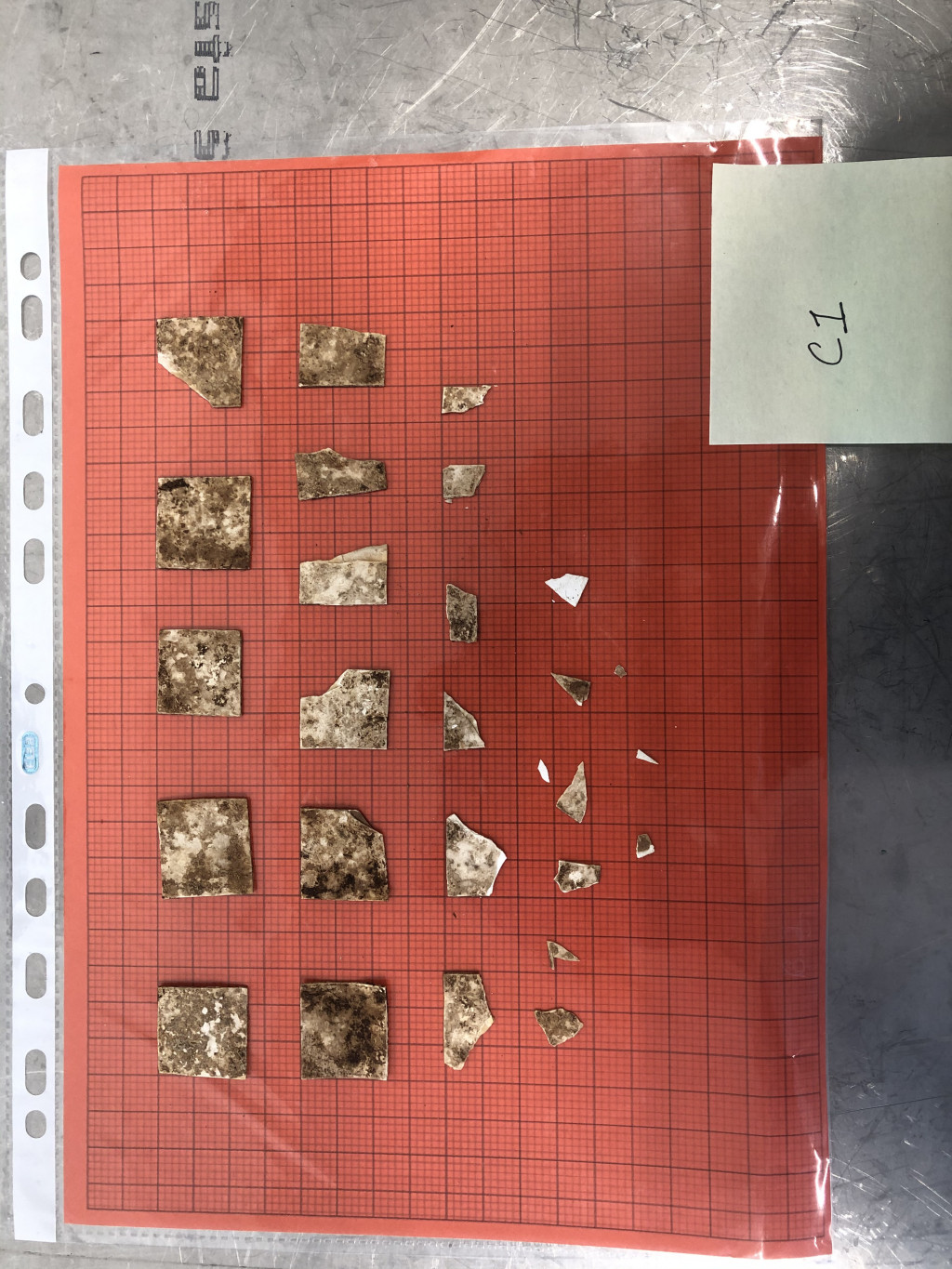Composting experiment: disintegrating bio-based plastic materials in the lab
The BIO-PLASTICS EUROPE team at Hamburg University of Technology (TUHH) conducted experiments on one of the PLA-based materials which have already been developed within the project. PLA is the abbreviation for polylactic acid, a bio-based plastic material. The experiment lasted from September to November 2020 and is briefly described in this post.
By Zhi Kai Chong, TUHH, Germany

Pictured: TUHH researcher Zhi Kai Chong preparing the composting experiment.
This test simulated one of the phases of the composting process as it usually happens in industrial composting plants. The picture above shows Zhi Kai Chong, a researcher at the Sustainable Resources and Waste Management Group at TUHH, preparing the experiment. In the picture, we can see synthetic biowaste mixed with the PLA compound inside a container. The mix was then placed in a temperature-controlled environment. Water was added regularly to ensure it kept a certain moisture content. After a period, the PLA material is separated from the biowaste, as seen in the following picture, for further testing.

Pictured: PLA-based material after separated from the synthetic biowaste.
This test was designed to show how much the PLA-based material will degrade when subjected to industrial composting conditions, which were reproduced in the laboratory in accordance to the ISO 20200 standard. This material will be tested with different techniques so that the nature and mechanisms of its degradation can be better understood. With this information, the team will be able to provide inputs for an improved management of biodegradable plastics to minimize environmental impacts. The PLA compound used in this experiment was designed with a specific end-product in mind: rigid packaging. In the following months, the experiment will be repeated with a PBS-based compound.
Zhi Kai Chong believes that working within such a huge research consortium as BIO-PLASTICS EUROPE is very rewarding. “I can easily reach out to partners from different countries for discussions. Through these discussions, it is always interesting and constructive to see the similarities and differences among different regions,” says Chong. Besides, he added “It is great to see that science truly connects Europe. For example, we agreed on a common analysis protocol for all partners, tests were done in parallel in different countries, and we can compare our data and results already in the end of the day”.
The next article in this series will show you the research which is being undertaken by the BIO-PLASTICS EUROPE team at the Alfred Wegener Institute, Helmholtz Centre for Polar and Marine Research (AWI), Germany.


